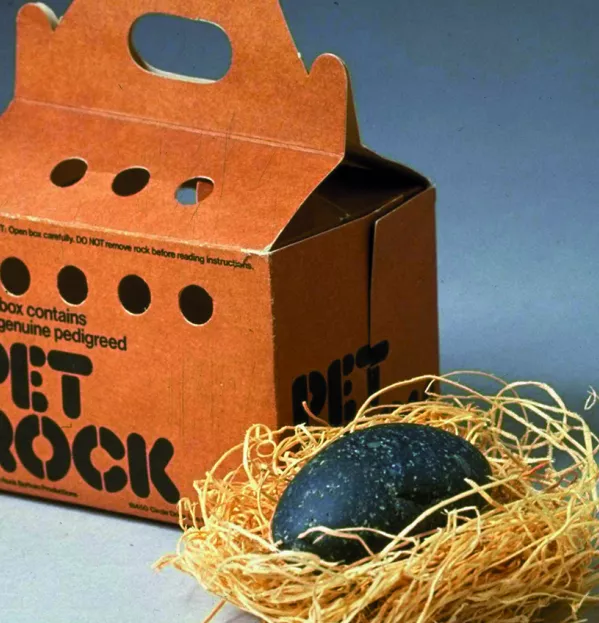Is it wrong to help children in care get to university?

Any teachers looking for an up-to-date example of the ways in which different media outlets can report on essentially the same story need look no further than the announcement last week that Scotland’s 18 universities would guarantee a place to care-experienced students who meet the minimum entry requirements.
Most ran with headlines similar to our own, which read: “Guaranteed university place for care leavers.” But one daily newspaper opted for the headline “Star pupils may lose university places to disadvantaged”, with the article adding that “pupils with straight As face losing out on a university place under a pledge to widen access to disadvantaged people”. Up to 15,000 looked-after children would be guaranteed a university place as of August 2020, it continued, “if they leave school with minimum qualifications”.
The way the story was handled left some feeling angry. One Scottish languages teacher rewrote this headline as “Pupils with huge advantages, including lots of tutoring, face losing out to pupils whose families don’t have a pot to piss in”.
Since then, the same newspaper has run a piece by Iain MacRitchie, the entrepreneur who has set up a charity to mentor care-experienced young people. The headline of that article - “Children in the care system deserve help to enter university” - will have gone some way to appeasing those annoyed by the original news story.
It is, however, a struggle for all journalists to accept good news - your habit is to scrutinise and look for the catch, not just accept the lines you are being fed. My own reaction to the announcement was that it was a positive move, but I did wonder how many young people would actually benefit.
Anyone with even a vague knowledge of the educational outcomes for looked-after children knows that the number of care-experienced young people who will achieve the kind of qualifications required to go to university is extremely small. Currently, only 4 or 5 per cent of looked-after children make it to university, as compared with 41 per cent of all school leavers. Take last year’s cohort: roughly 50 out of the 999 care-experienced school leavers went on to university.
Now - thanks to the guaranteed offer - more will be able to do so, and, crucially, will be encouraged to do so. But unfortunately not many more, because the vast majority of looked-after children don’t achieve one Higher, let alone the four needed for most university courses. Around 12 per cent of care-experienced school leavers last year achieved at least one qualification at SCQF level 6 - the equivalent of Higher - compared with 62 per cent of all school leavers.
The squeeze on university places in Scotland is also real; it is getting harder for Scottish pupils to gain a place. Because no fees are charged for Scottish young people to attend university in Scotland, there is a finite number of funded places and - as highlighted in an Audit Scotland report in 2016 - “applications have increased more than the number of offers made by universities”.
Between 2010 and 2015, applications to Scottish universities from Scottish students increased by 23 per cent. However, the number of offers made by Scottish universities increased by only 9 per cent over the same period. Universities Scotland itself says that “on average, only half of applications are likely to result in an offer”.
So, if the Scottish government wants more people to go to university, it needs to increase the number of places available. But in the meantime it’s important to remember that there have always been winners and losers when it comes to university entry and it is simply wrong to imply that the few looked-after children who manage to achieve a clutch of Highers - in spite of all the adversity they face - are less deserving than “star pupils”.
This article originally appeared in the 2 August 2019 issue under the headline “How can it be wrong to help our children in care get to university”
You need a Tes subscription to read this article
Subscribe now to read this article and get other subscriber-only content:
- Unlimited access to all Tes magazine content
- Exclusive subscriber-only stories
- Award-winning email newsletters
Already a subscriber? Log in
You need a subscription to read this article
Subscribe now to read this article and get other subscriber-only content, including:
- Unlimited access to all Tes magazine content
- Exclusive subscriber-only stories
- Award-winning email newsletters